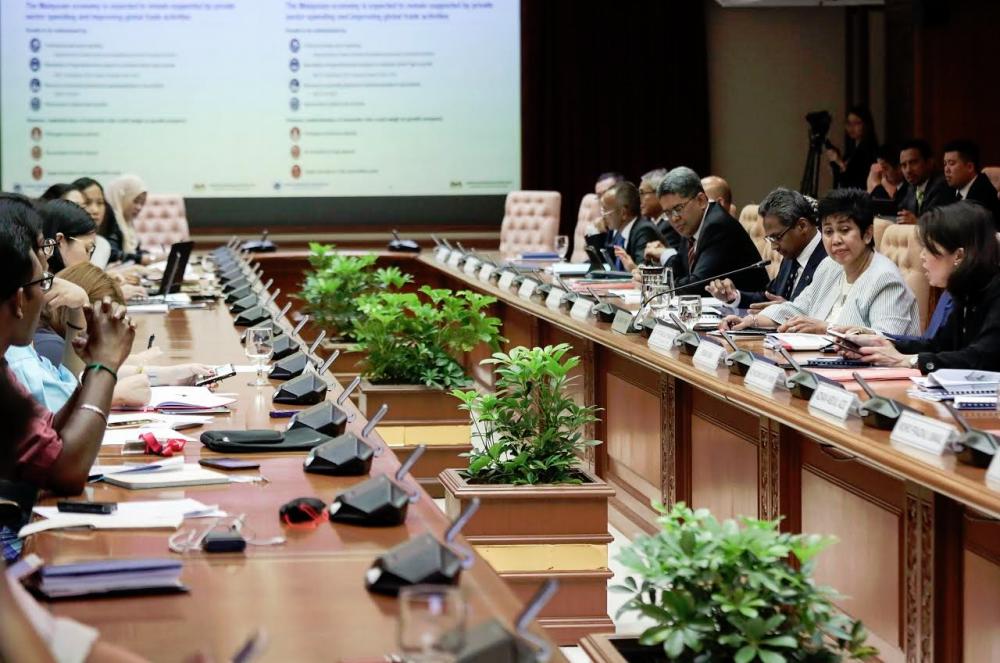KUALA LUMPUR: The impact of the Wuhan coronavirus on the Malaysian economy has yet to be determined, according to Bank Negara Malaysia governor Datuk Nor Shamsiah Mohd Yunus.
Speaking to the media at the central bank’s fourth quarter gross domestic product (GDP) briefing today, she said the severity of the economic impact depends on how the virus spreads and evolves, as well as countries’ responses to the outbreak.
“The coronavirus outbreak would affect Malaysia’s growth through lower foreign tourist arrivals and spending on hotels, retail, transport and restaurants.
“There is also slower demand and production disruptions in China affecting Malaysia’s exports. The economy is still being supported by very firm private sector spending which is a positive development and that’s what we want the economy to move towards,” she said.
Nor Shamsiah said growth particularly for Q1 of the year, will be affected by the outbreak, but declined to provide projections.
“When we release our annual report next month, I think we will be in a better position then to provide more clarity on the impact seen from this virus,” she added.
BNM will announce its new growth forecast for 2020 when it releases its annual report next month.
However, when pressed, Nor Shamsiah said if the virus outbreak can be contained in the next few weeks, then the impact on Q1 GDP numbers can be expected to not be as great.
“It’s very important for us not to overreact. The government will be announcing a stimulus package which will provide further support,” she said.
It should be noted that during the SARS epidemic of 2003, Malaysia registered a GDP growth of 5.9%, while during the MERS outbreak in 2015, the economy posted a growth of 5.1%.
On the stimulus package that is expected to be announced early next month, the governor did not provide an anticipated amount, but said it would assist affected groups while striking a balance between growth stimulus and fiscal spending.
Nor Shamsiah also said for 2020 as a whole, growth will be supported by household spending, the realisation of approved private investment projects and higher public sector capital spending.
“There are however, still downsides to growth. These include uncertainties in external conditions as well as domestic factors, including weaknesses in the commodities sector and delays in project implementation.
“Thus two-way capital flows and exchange rate volatility should be expected,” she said.













